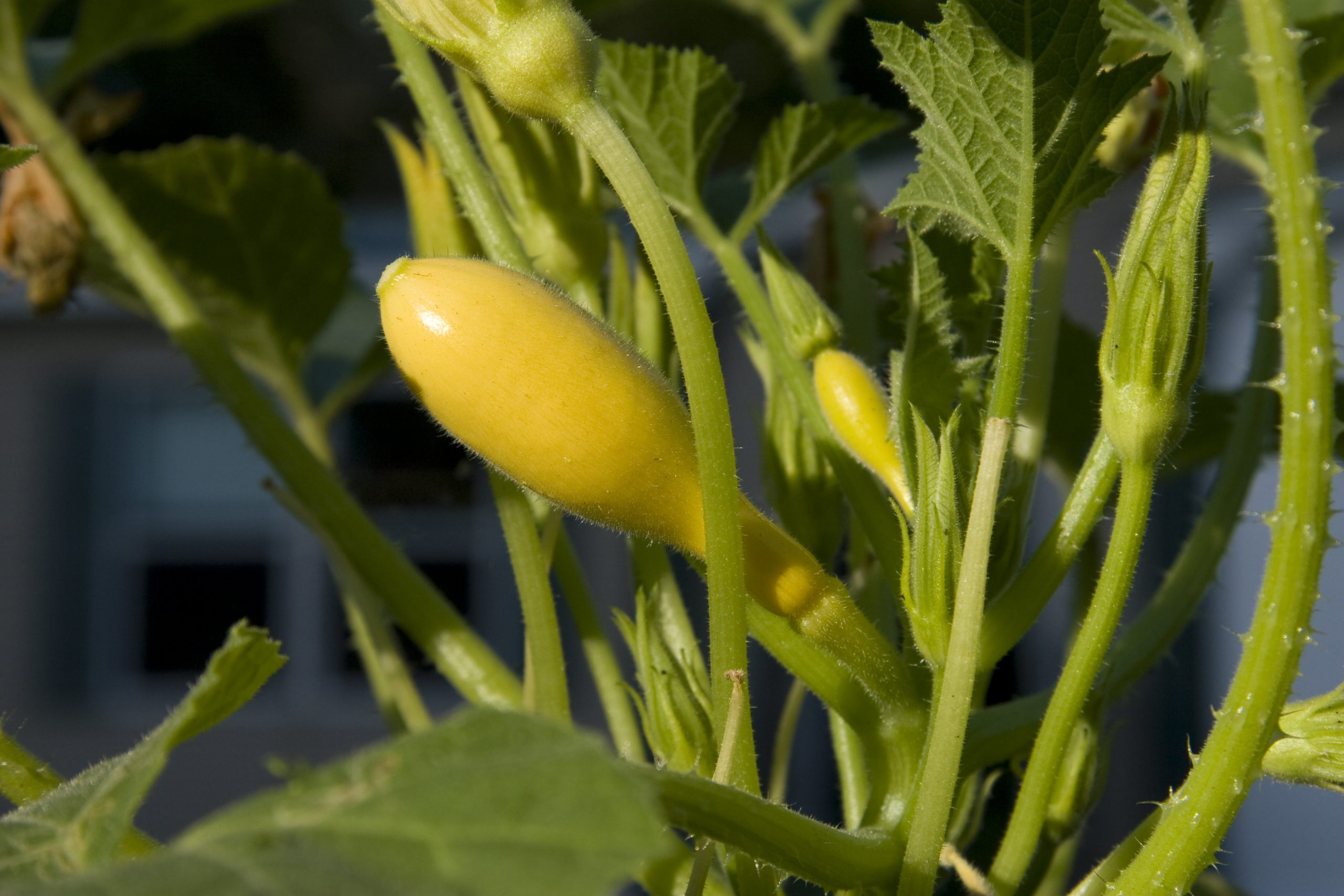There are over 20 000 species of edible plants in the world yet fewer than 20 species now provide 90 of our food

There are over 20,000 Species of Edible Plants, yet Fewer than 20 Species Now Provide 90% of Our Food

In a world of vast biodiversity, it is astonishing to think that the majority of our food relies on such a small number of plant species. According to a startling fact, there are over 20,000 species of edible plants that can sustain us, yet less than 20 species now provide a staggering 90% of our food1^. This imbalance raises concerns about food security, agricultural resilience, and the potential loss of valuable nutritional resources.
This dominance of a few select plant species can be attributed to various factors, including cultural preferences, convenience, and market demands. Staple crops like rice, wheat, and maize have become widely popular due to their high yield, ease of cultivation, and versatility in various culinary traditions. As a result, these crops have dominated the global food system, while other potentially nutritious options remain underutilized.

While it may seem convenient to rely on a small number of crops, this lack of diversity poses significant risks. First and foremost, it threatens food security because a single disease, pest outbreak, or extreme weather event can wipe out an entire crop. Additionally, the limited variety of plants in our diets restricts our intake of essential nutrients and increases the risk of malnutrition and diet-related diseases.
Exploring the vast array of edible plant species available to us could yield numerous benefits. For instance, many underutilized plants have adaptive traits that make them more resilient to environmental changes, making them potential allies in the face of climate uncertainty. By diversifying our food system, we can not only enhance its resilience but also provide farmers with more sustainable options and protect agro-ecosystems.
To address the current imbalance, it is crucial to promote the cultivation and consumption of diverse edible plants. By encouraging local farmers to grow a wider range of crops, we can create vibrant and healthy food systems that enhance both human and environmental well-being. Consumers, too, play a vital role in shaping the food market. By embracing a wider variety of foods and supporting local farmers, we can contribute to a more sustainable and resilient food system.
In conclusion, the fact that less than 20 species of plants provide 90% of our food highlights the urgent need to diversify our diets and agricultural practices. Embracing the immense range of edible plant species available to us can provide valuable nutritional resources and improve the resilience of our food systems in the face of environmental challenges. By supporting local farmers, making conscious choices, and exploring new culinary horizons, we can collectively move towards a more sustainable and nutritious future.
Sources:
1^ Plants For A Future - Edible Uses
Tags
Share
Related Posts
Quick Links
Legal Stuff

